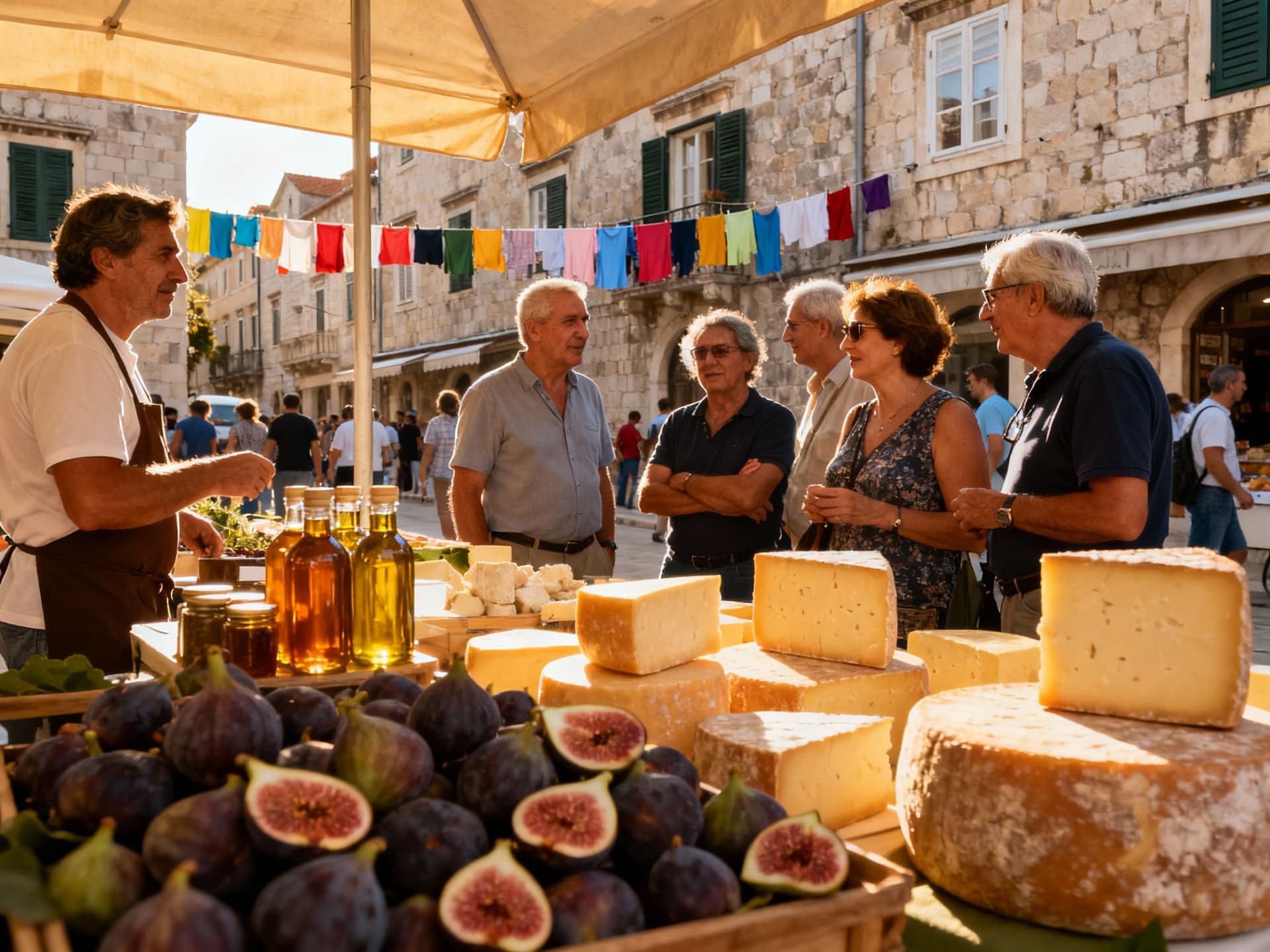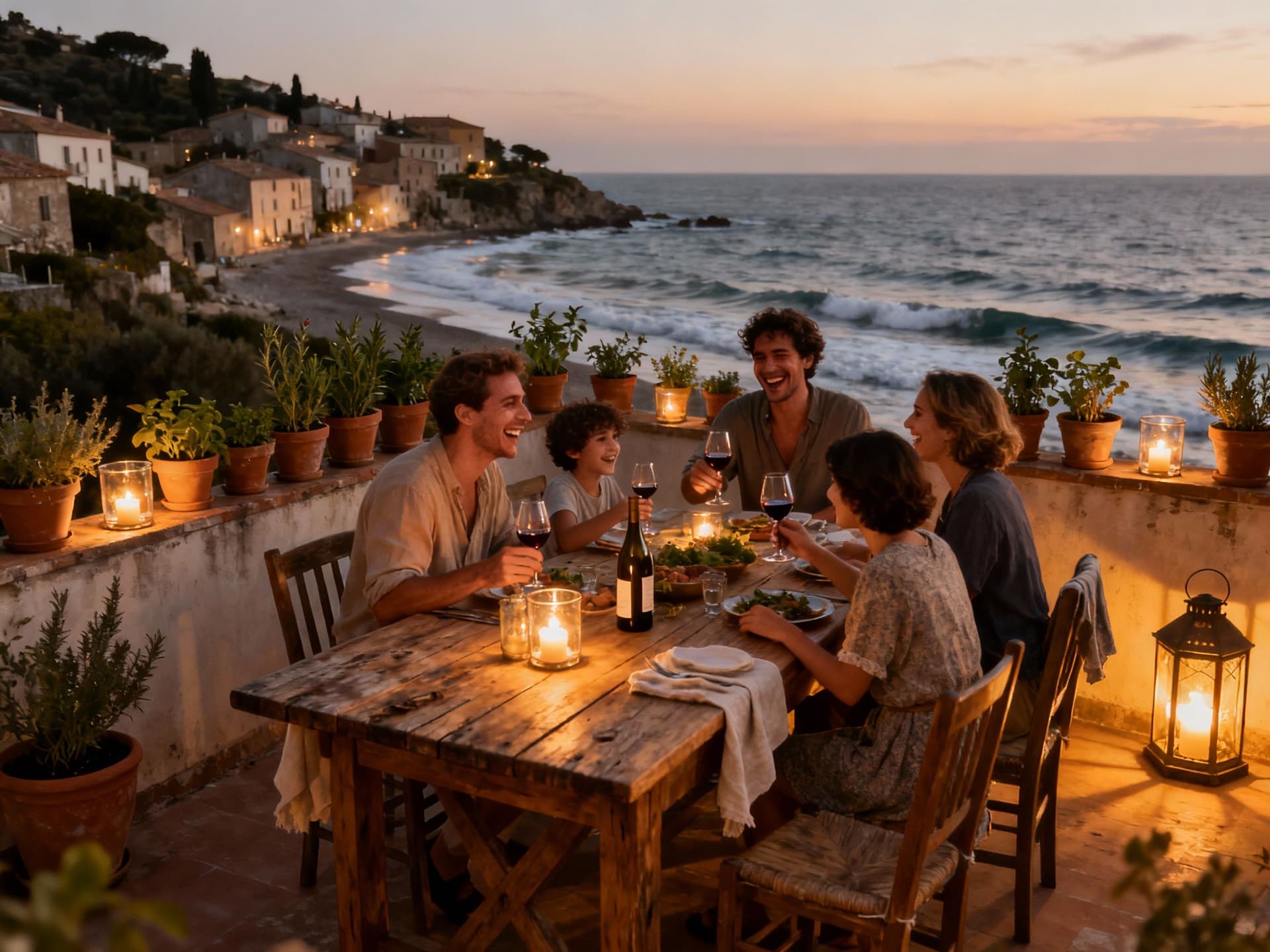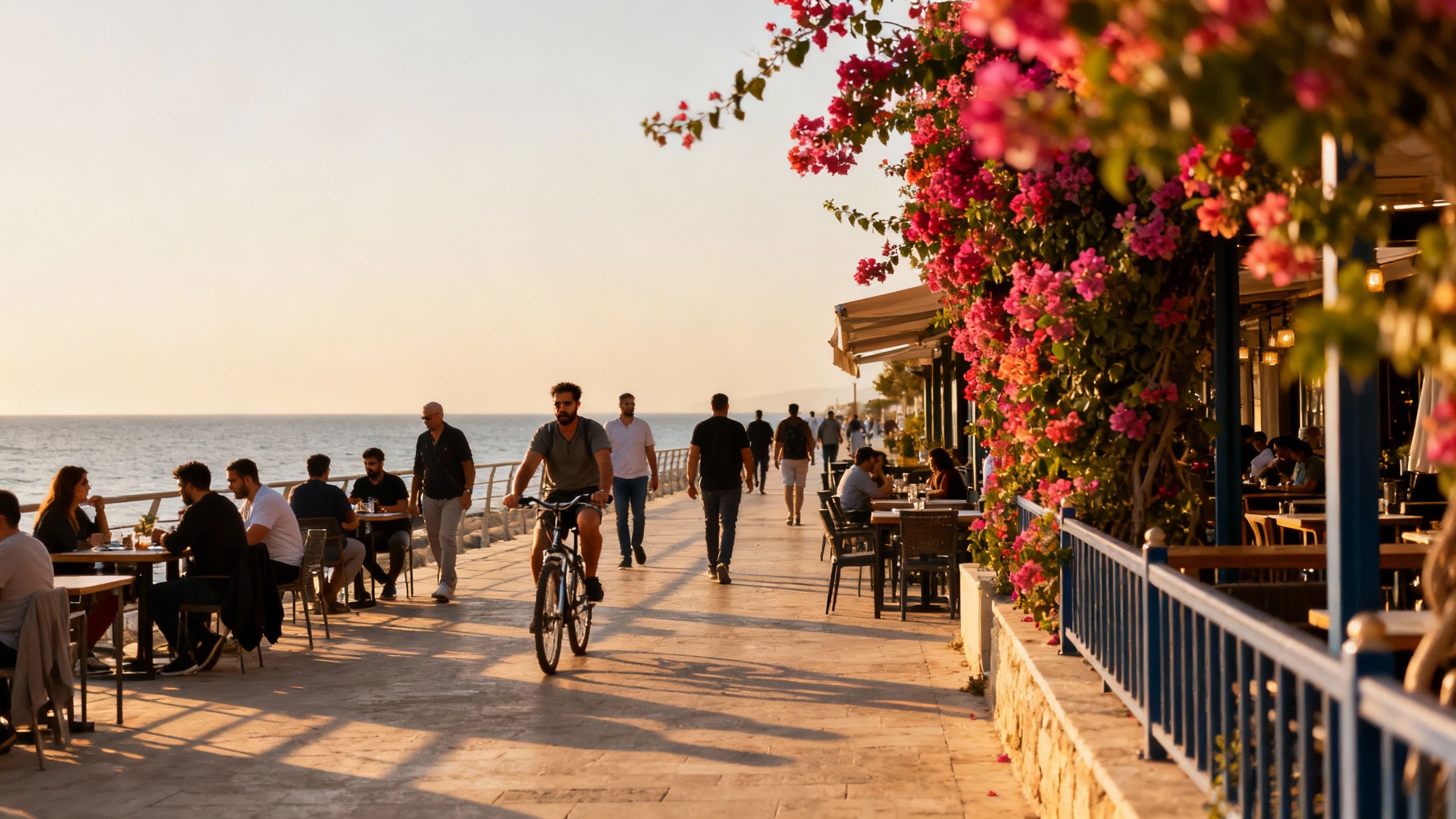Croatia: Season‑First Buying, Permits & Practical Red Flags
Fall for Croatia’s seasonal life — but pair summer romance with off‑season visits, permit checks and local legal expertise to buy sustainably and sensibly.
Imagine sipping an espresso in Split’s old town as fishermen mend nets nearby, or wandering an olive grove outside Istria where limestone houses hold centuries of cool. Croatia’s coast hums with seasonal festivals and sunlit markets; inland, forests, rivers and hilltop villages offer quiet, long‑season living. That contrast — lively Adriatic summers and hushed, green winters — shapes how you buy here, and why due diligence must pair legal clarity with a real feel for place.
Living Croatia: the rhythm behind the romance

Daily life here is tactile: cafés on Ulica Radićeva in Zagreb fill with pastry steam; in Hvar the piazza smells of grilled fish and rosemary; in Zadar the sea organ sings at dusk. Seasons are not just weather — they are reasons people gather, repair, plant and rest. Knowing this rhythm helps you choose a property that feels right year‑round rather than a postcard for July alone.
Neighborhoods that show Croatia’s true selves
Want coastal buzz and morning markets? Look at Split’s Veli Varoš or Dubrovnik’s Gruž neighborhood — they are lived in, not staged for tourists. Prefer a quieter life with a community of growers? The stone hamlets around Motovun in Istria or the inland Konavle villages near Dubrovnik offer neighborly rituals, weekly markets and shared olive presses. Each micro‑place has its own calendar of life; visit at different seasons to feel it.
Food, markets and the weekly rhythm
A Saturday morning in Rijeka means farmers lining Korzo with crates of figs and cheese; in Split a lunchtime plate of pašticada tastes of slow braising and shared plates. These food rhythms influence property choices: proximity to markets, garden space for an herb bed, or a terrace for late‑summer dining are practical preferences rooted in how people live here.
- Lifestyle highlights to scout on a visit - Morning espresso on Split’s Riva and an afternoon swim at Bačvice - Olive‑press season in Istria: village cooperatives and communal tastings - Hvar town’s early spring calm versus July’s festival crowds - Weekend hikes in Paklenica National Park, then a coastal seafood supper - Local markets: Dolac in Zagreb and Pazar in Zadar for weekly rituals
Making the move: where lifestyle meets the legal realities

Dreams of a stone house and vineyard are best held alongside a practical checklist. Croatia’s property market has been rising fast in recent years, and recent policy moves — including measures aimed at curbing short‑term tourist lets and a shift toward property taxes — mean ownership models are changing. Pair your lifestyle brief with up‑to‑date market data before making offers.
Property styles and what they mean for living
From Dalmatian stone houses with thick walls that keep summers cool, to modern coastal apartments with glazed terraces, each type supports different rhythms. Old stone homes reward patience and restoration — they need insulation, careful moisture control and respectful retrofitting for renewable heat. New builds offer easier energy upgrades and warranties, but may lack the character of a village home. Match the property type to how you want to live: garden‑based, sea‑facing social life, or a quiet inland retreat.
Why local expertise matters — and who to bring
- Steps to blend lifestyle goals with regulatory safety 1. Hire a bilingual lawyer experienced in Croatian property law and coastal zoning to check ownership, historical restrictions and cadastral maps. 2. Engage an architect or building surveyor to assess energy retrofit potential, seismic resilience and permit needs for renovations. 3. Ask a local agent to show properties outside peak season so you feel year‑round life, not a July postcard. 4. Verify short‑term rental rules and upcoming tax changes — some reforms target tourist lets and may affect rental income. 5. Confirm utility connections, land classification (agricultural vs. buildable), and any pre‑emptive rights held by local municipalities or neighbors. 6. Request recent sales data for the micro‑area, not just county averages, to judge price direction and seasonality.
Insider knowledge: the red flags and the surprising opportunities
Real talk from expats and local agents: the prettiest village can hide zoning limits, and a charming coastal apartment might sit above a tourist‑only street that empties outside high season. Conversely, towns locals avoid during summer crowds often offer the best long‑term lifestyle value off‑season. Being contrarian — visiting in late autumn or early spring — reveals where community life persists beyond the tourist calendar.
Cultural cues that change how you live (and what to check)
Croatians move slowly with bureaucracy and quickly with coffee: paperwork often waits for in‑person signatures, but neighbors will rally for a harvest if you ask. Learn basics of local etiquette, and check local municipal plans (prostorni plan) and communal water rights before purchase — they are decisive for gardens, wells and olive orchard use.
- Practical red flags to spot on viewings - Missing as‑built drawings or unclear property boundaries - No building permit for later additions (roof terraces, annexes) - Land classified as agricultural when sold as ‘buildable’ - Signs of damp or poor insulation in stone houses without retrofit history - Overreliance on short‑term rental income in towns facing new regulations
Two quick examples: a restored stone house in Istria had lovely terraces but no documented septic upgrade — a costly retrofit and permit process. In Split, an investor bought above a busy summer square, only to find that most of the year the square is quiet and long‑term renters prefer quieter streets. Due diligence would have revealed both issues before a contract was signed.
Longer view: stewarding a home and its landscape
If sustainability matters to you, plan for energy independence (solar potential is high along the coast), rainwater capture for gardens, and low‑impact drainage on sloping plots. Market trends show rising prices nationally, so look for properties with clear renovation pathways and documented permits — these retain value and allow green upgrades that reduce running costs in the long term.
- Final practical steps before making an offer 1. Have a lawyer obtain a land registry ( zemljišna knjiga / katastar ) extract and check for encumbrances. 2. Request proof of paid utilities and municipal charges for the last 3 years. 3. Obtain a written summary of any informal agreements with neighbors (water, access lanes). 4. Condition offers on a technical survey and confirmed planning status for any future works. 5. Factor in taxes and anticipated reforms (including property tax shifts and rental rules) when modelling returns or living costs.
Croatia is a place where life is measured in seasons, markets and shared meals. If you pair the sensory love affair — the light on the Adriatic, the scent of pine and olive oil — with rigorous local checks and the right experts, you can find a home that’s beautiful, durable and respectful of the landscape. Visit off‑season, ask about permits and tax direction, and let local stewardship guide your purchase so the place you fall for is the place you keep.
Norwegian market analyst who relocated from Oslo to Provence; guides investors with rigorous portfolio strategy and regional ecological value.


